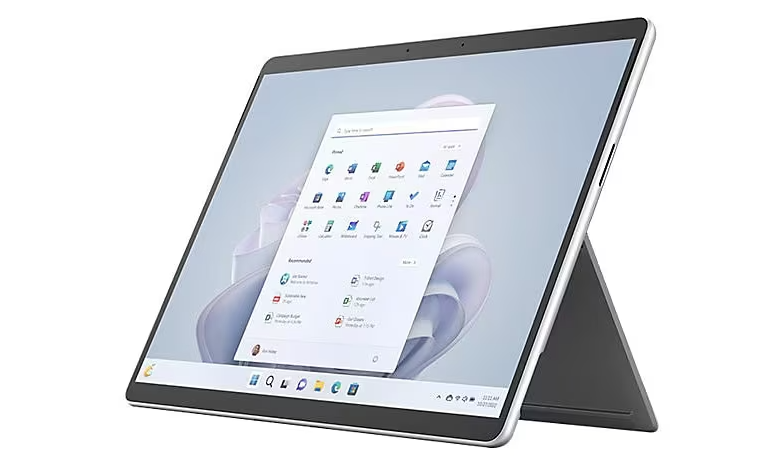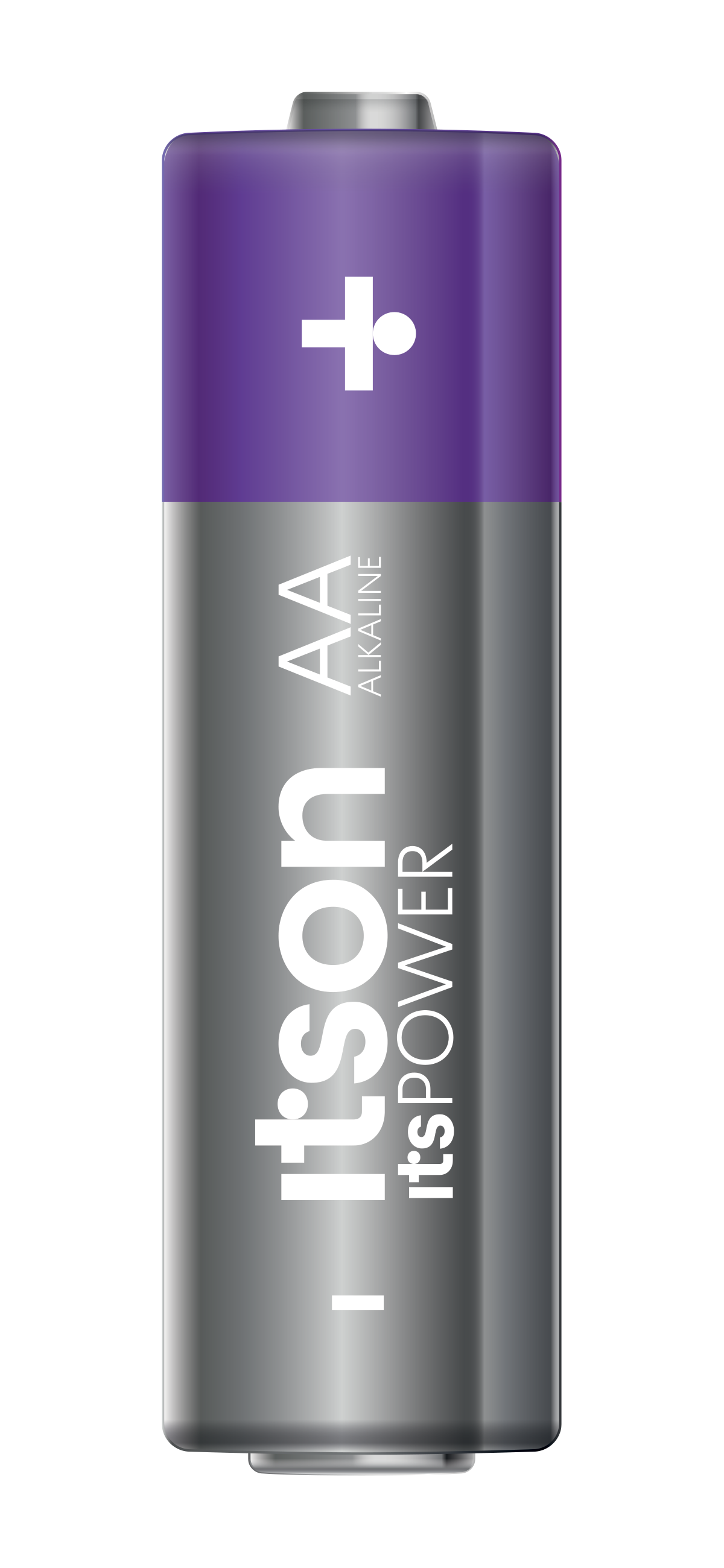 We at Absolute Gadget are as happy as the proverbial Larry when our phones, MP3 players and general gadgety stuff gets smaller with each iteration, but nowhere is this process more annoying than in the laptop world. Far from becoming standard, it’s still the case that the smaller the laptop the more you’ll pay, with some UMPCs (Ultra Mobile PCs) costing up to two grand.
We at Absolute Gadget are as happy as the proverbial Larry when our phones, MP3 players and general gadgety stuff gets smaller with each iteration, but nowhere is this process more annoying than in the laptop world. Far from becoming standard, it’s still the case that the smaller the laptop the more you’ll pay, with some UMPCs (Ultra Mobile PCs) costing up to two grand.
That’s why it’s nice to see Asus apply some common sense, in the form of its teeny and affordable Eee PC. This 7-inch wonder promises to transform the daily commute, at a price you’d struggle to buy a decent smartphone for (it costs just £219 including VAT).
The Eee PC sticks to a traditional laptop layout, in a 1:2 scale form. It’s similar in style to larger Asus laptops, and looks particularly good in black. Weighing in at under 1kg, it’s similar to carrying a hardback book around with you. Comments from fellow commuters ranged from highly favourable to contempt-stained jokes about my-first-computer.
The full width of the Eee PC could offer enough space for a larger display, but instead the seven-inch screen is flanked by speakers. The viewing area is more than adequate for most applications, although a 10-inch model is also in the pipeline. The screen is a standard TFT panel, and does without a glossy Super-TFT coating. That’s a shame, as colours are slightly washed out as a result. It’s still highly usable though, and reflections were well contained when used in direct sunlight.
Asus has achieved the surprisingly low price by fitting budget components, avoiding unnecessary features and doing away with the costly and resource-intensive Windows operating system. Because the Asus-tweaked Linux OS is refreshingly simple, the lack of cutting-edge hardware doesn’t prove a problem. You’ll discover that, despite what you’ve been told for the past few years, you don’t actually need eight quad-core processors, 32,768MB of DDR3 RAM or five terabytes of storage space to whip up a document or spreadsheet.
In place of this, you’ll find a spec that looks worryingly under-nourished. Processing power is provided by a 900MHz Intel Celeron chip, with just 512MB of memory in place. Put simply, however, it doesn’t matter. The Linux OS is intuitive to use, and runs smoothly with little lag. Most impressively, you’ll be able to turn the Eee PC on in just 15 seconds – a world away from the wrinkle-inducing start-up times seen on Windows Vista.
(Continued on next page)
{mosimage}{mospagebreak}
Perhaps the best thing we can say about the OS is that we didn’t really notice it in day-to-day use – it’s simply a platform from which you can launch applications. Granted, it lacks the visual clout of Windows Vista, or even XP, but we also found it a lot more responsive, stable and virtually bug-free.
Our one reservation lies with the size of the hard drive, which is just 4GB at present. A chunk of this taken up by the OS and applications, so you’ll be restricted to using the machine for work only, with no space for your music or videos. However, because it’s a solid state drive (SSD), accessing your files is speedy and there’s more chance of it surviving if you drop the Eee PC. The SD card reader is a useful inclusion if you do need more storage space, with high capacity SD cards (SDHC) offering up to 16GB.
In keeping with the back-to-basics approach, graphics are handled by an integrated Intel GMA 900 chipset. It’s hardly cutting-edge, but there’s plenty of performance for running regular programs such as word processing applications, and we were able to watch movie files without trouble.
The Eee PC’s build quality belies the budget price, and proved sturdy and more than a match for the daily slog. The screen surround was tough and firmly attached, and the chassis remained rigid even under pressure.
On our first couple of attempts, typing on the tiny keyboard provoked plenty of swearing and a touch of blasphemy, with the smaller peripheral keys compounding matters. However, stick with it and it gets far easier, and we managed to strike up an acceptably fast rhythm. The keys are firmly attached and offer a decent amount of travel. The touchpad is miniscule, but Asus has somehow managed to squeeze in a scroll bar on the right-hand side and the whole interface works well.
(Continued on next page)
{mosimage}{mospagebreak}
Ports on the Eee PC are kept to a minimum, although you’ll find all the important ones included. There’s a 10/100 Ethernet adapter, and users can also connect to wireless networks using the integrated Wi-Fi card. Those who do connect the tiny Asus to the internet will be able to take advantage of a webcam built into the top of the screen surround. Three USB 2.0 sockets let you connect peripherals, and a VGA-out port lets you plug in an external display or projector.
Where most budget laptops are devoid of applications, the Asus has all you’re likely to need pre-installed. As with the operating system, the manufacturer has avoided costly programs such as Microsoft Office. Instead, it has installed Sun Microsystem’s free Open Office suite. Brilliantly (other manufacturers take note), this means you’ll have a machine you can use straight out of the box, without having to buy or install additional software.
In all then, the Eee PC looks set to transform the world of mobile computing. It offers the most usable interface we’ve seen so far on a device of this size, is portable enough to take with you everywhere you go, and costs half the price of a traditional budget laptop. What’s not to like?
Rating: 8/10
Stockist details: www.pcworld.co.uk RRP £299.99 inc. VAT.





















